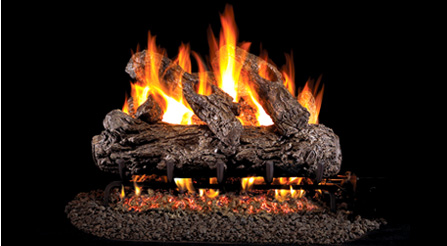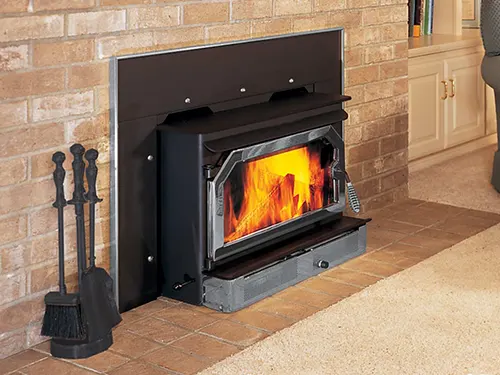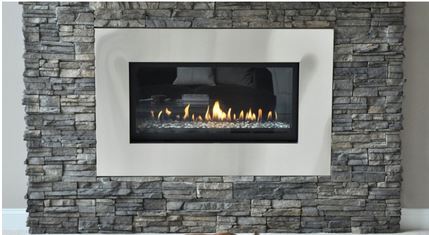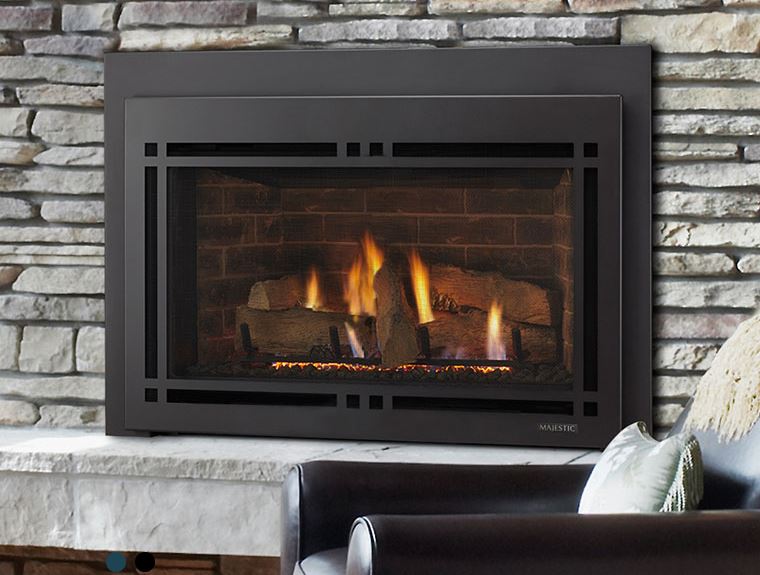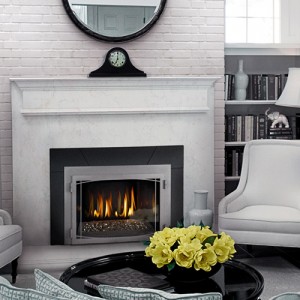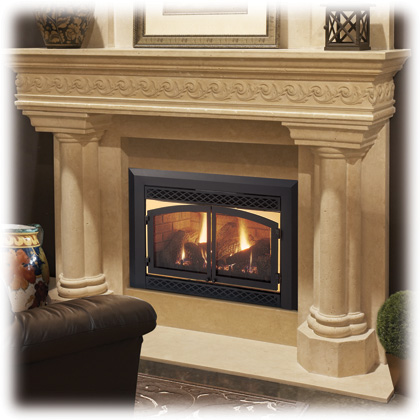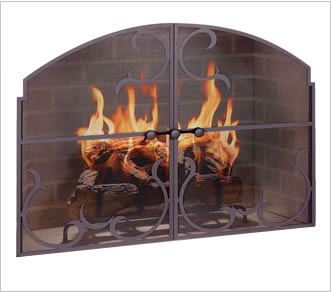
Simple Upgrades That Save Money and Energy
As temperatures drop and heating bills rise, homeowners search for ways to maximize comfort while minimizing energy costs. Two upgrades—installing gas logs and glass fireplace doors—can make a significant difference in both energy savings and home efficiency.
Gas Logs: Clean, Efficient Heat
Traditional wood-burning fireplaces are charming but inefficient. Most of the heat escapes through the chimney, and burning wood releases smoke and particulates. Gas logs offer a cleaner, more energy-efficient alternative. They burn natural gas or propane, producing steady heat with less waste. Unlike wood, gas logs can be turned on or off instantly, giving you better control over your energy use and costs.
Glass Fireplace Doors: Sealing in Savings
Adding glass doors to your fireplace is a simple upgrade with a big impact. When the fireplace isn’t in use, glass doors act as a barrier, preventing warm air from escaping up the chimney and cold drafts from entering your living space. This means your furnace or central heating system doesn’t have to work as hard, reducing energy consumption and lowering your utility bills.
Combined Benefits
- Improved Efficiency: Gas logs convert fuel to heat more efficiently than wood, and glass doors keep that heat inside your home.
- Reduced Heat Loss: Glass doors block drafts and prevent conditioned air from escaping.
- Lower Utility Bills: Using less energy to heat your home translates directly into savings.
- Environmental Impact: Gas logs produce fewer emissions, and efficient heat retention means less fuel is burned overall.
Upgrading your fireplace with gas logs and glass doors is a smart, cost-effective way to improve energy efficiency in your home. Not only will you enjoy a warmer, cozier living space, but you’ll also see real savings on your energy bills—making these simple changes a win for your wallet and the environment.
Right now get $200 off you gas logs and fireplace doors combination! Contact The Fireplace Shop and Grill Center at West Sport in Sudbury.

